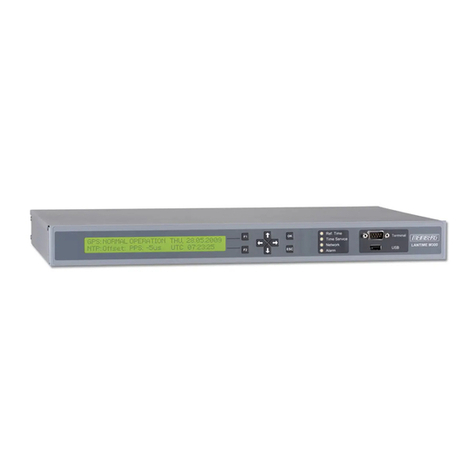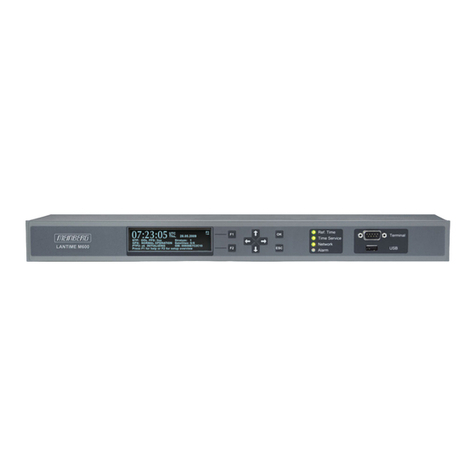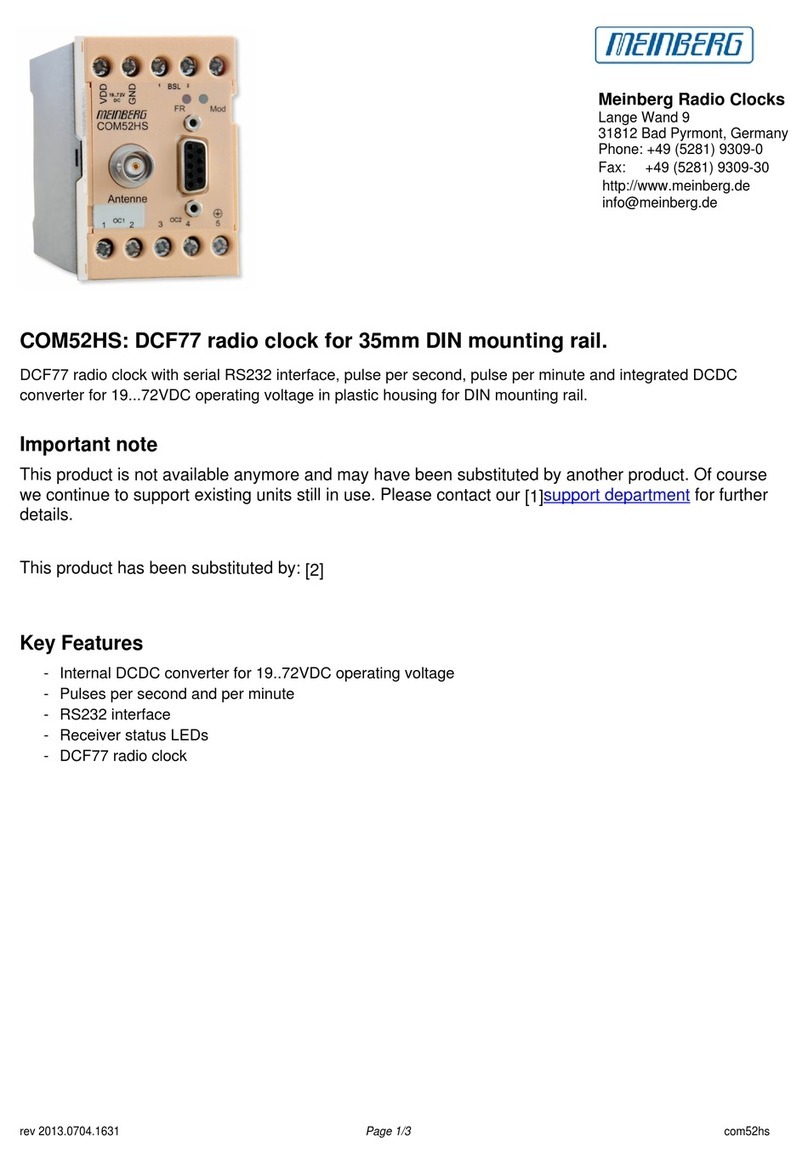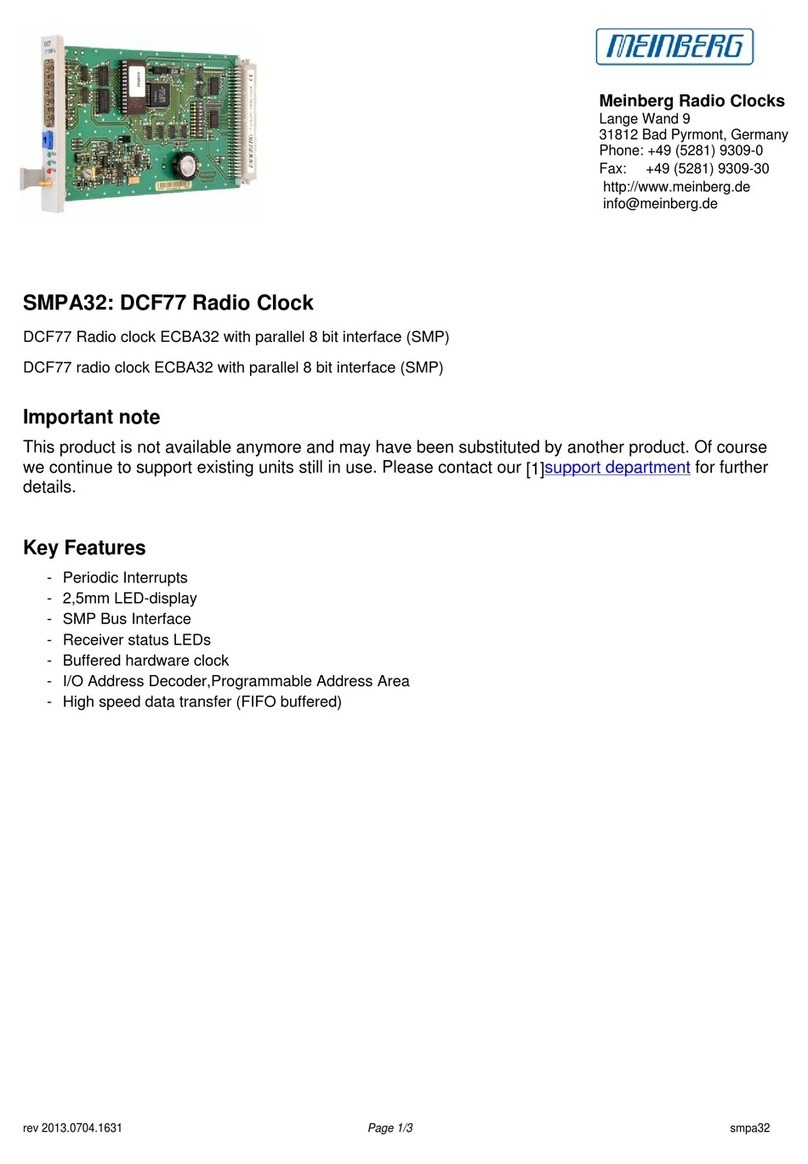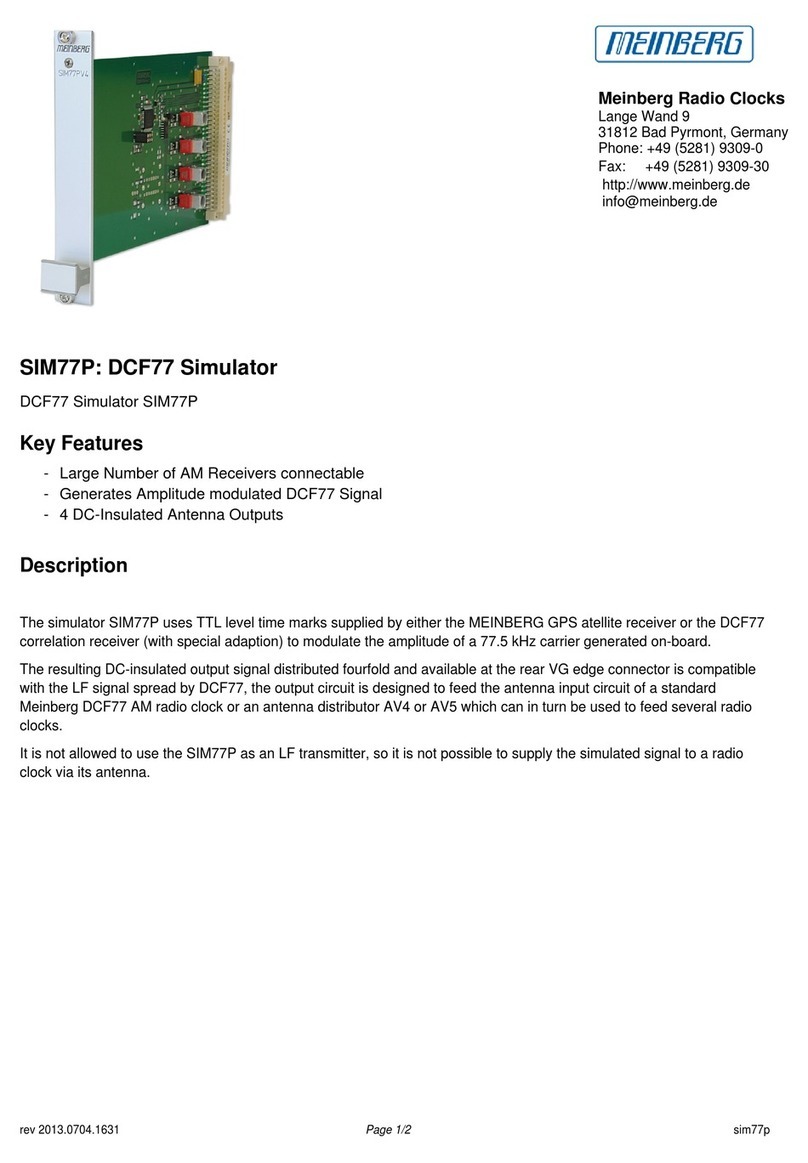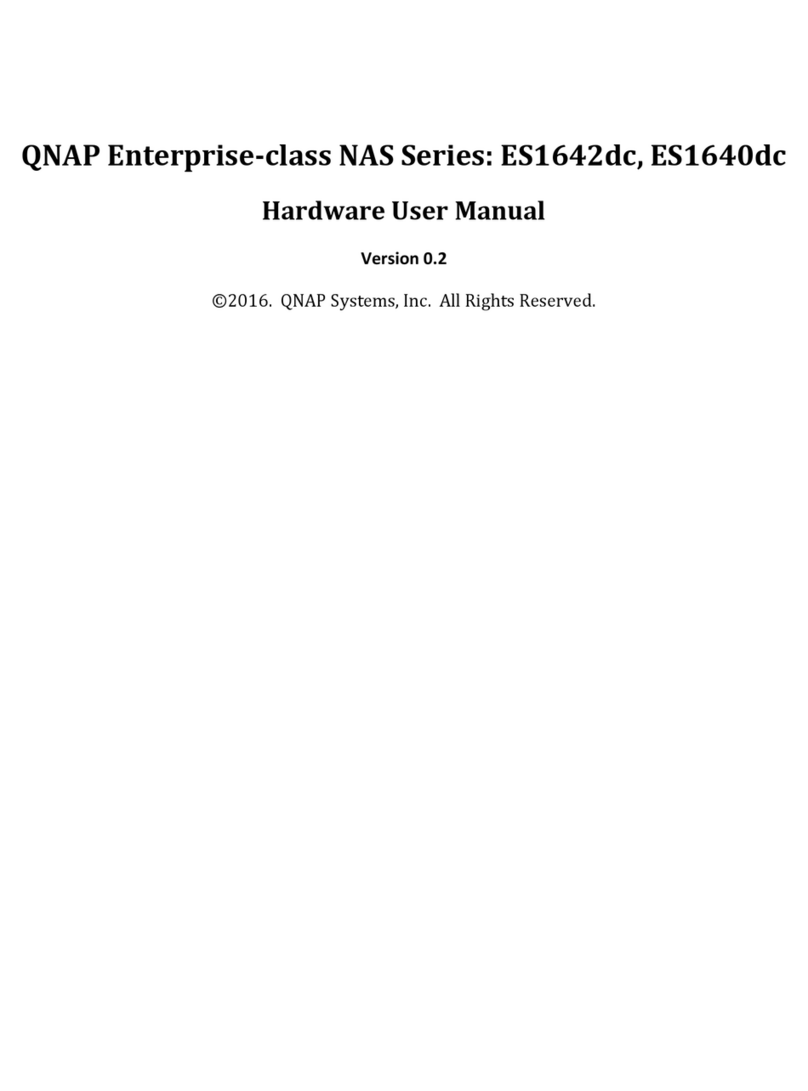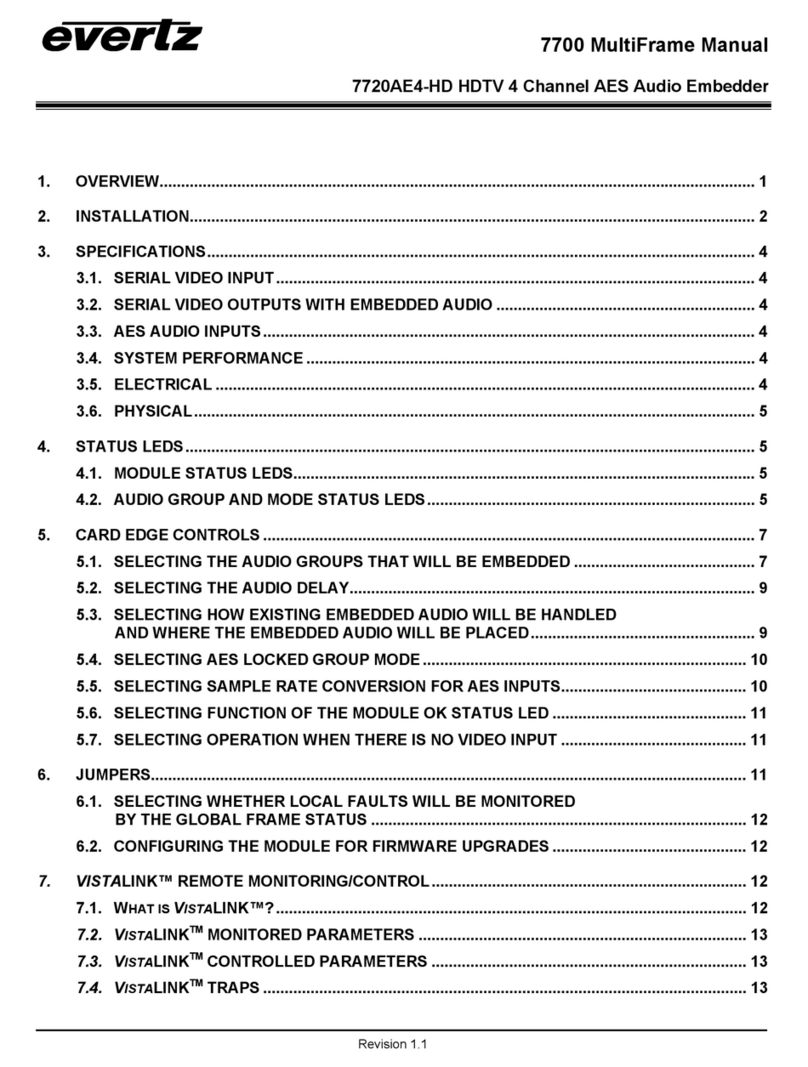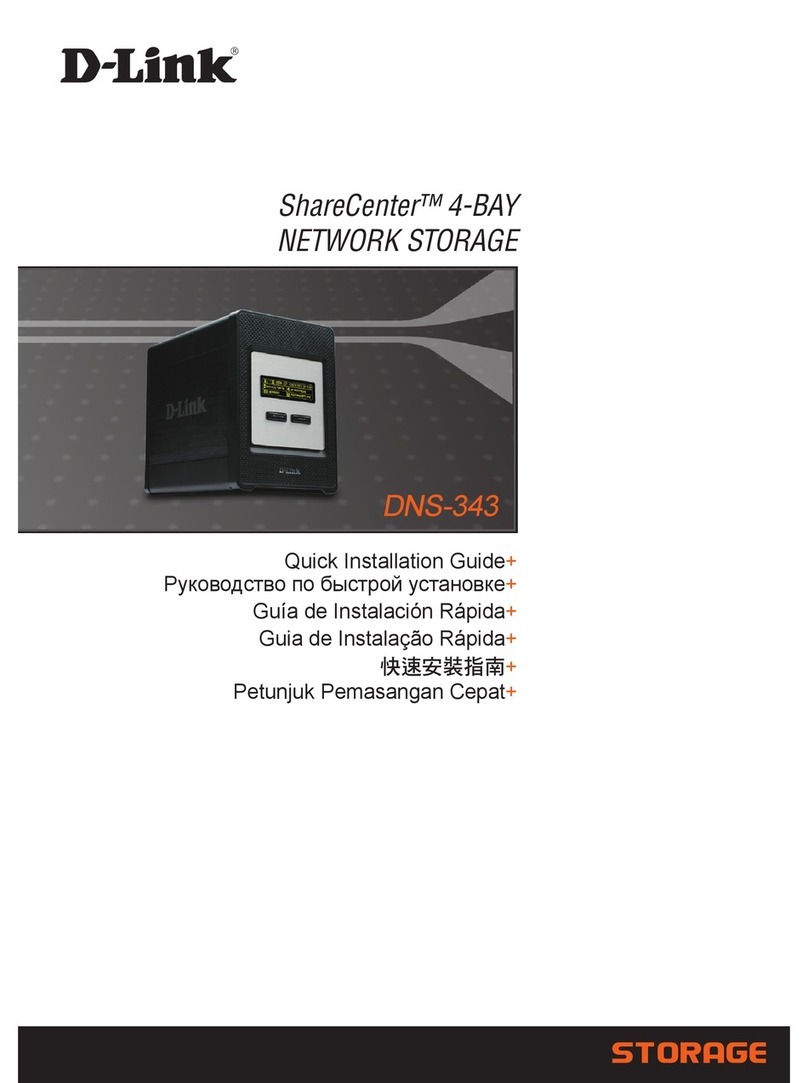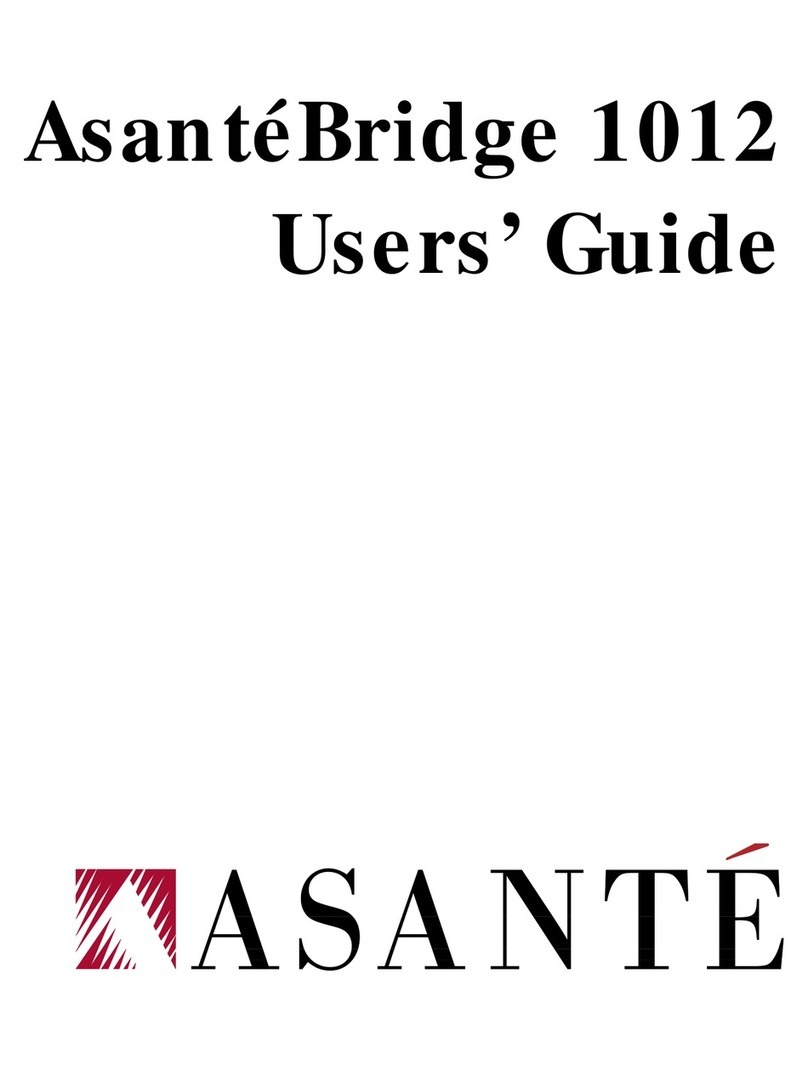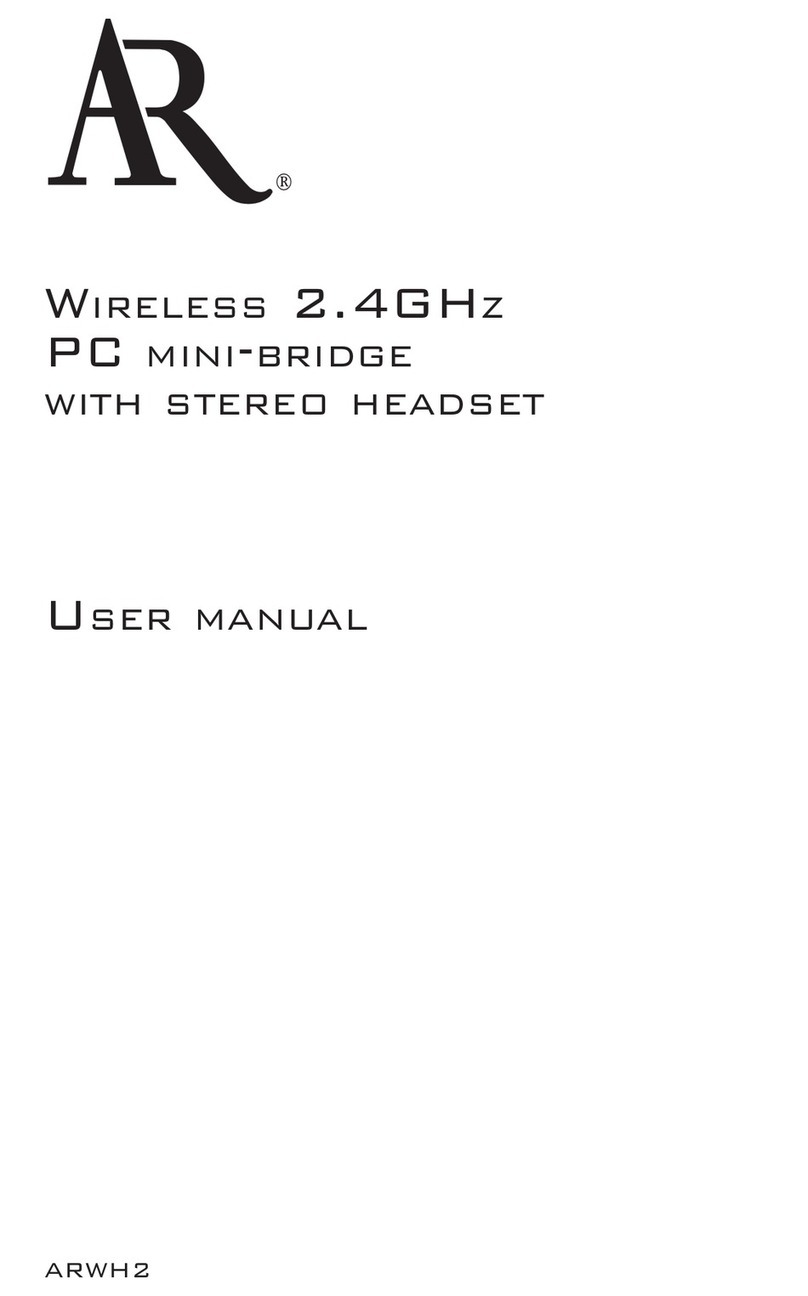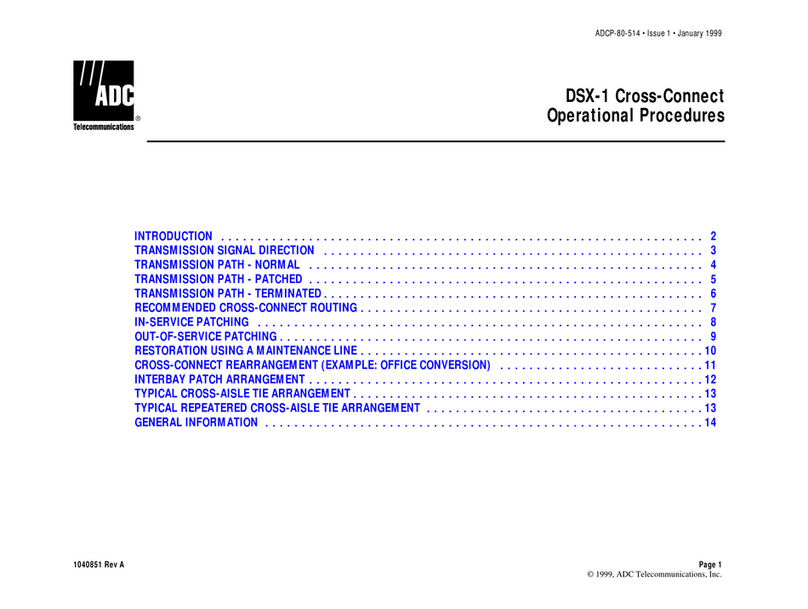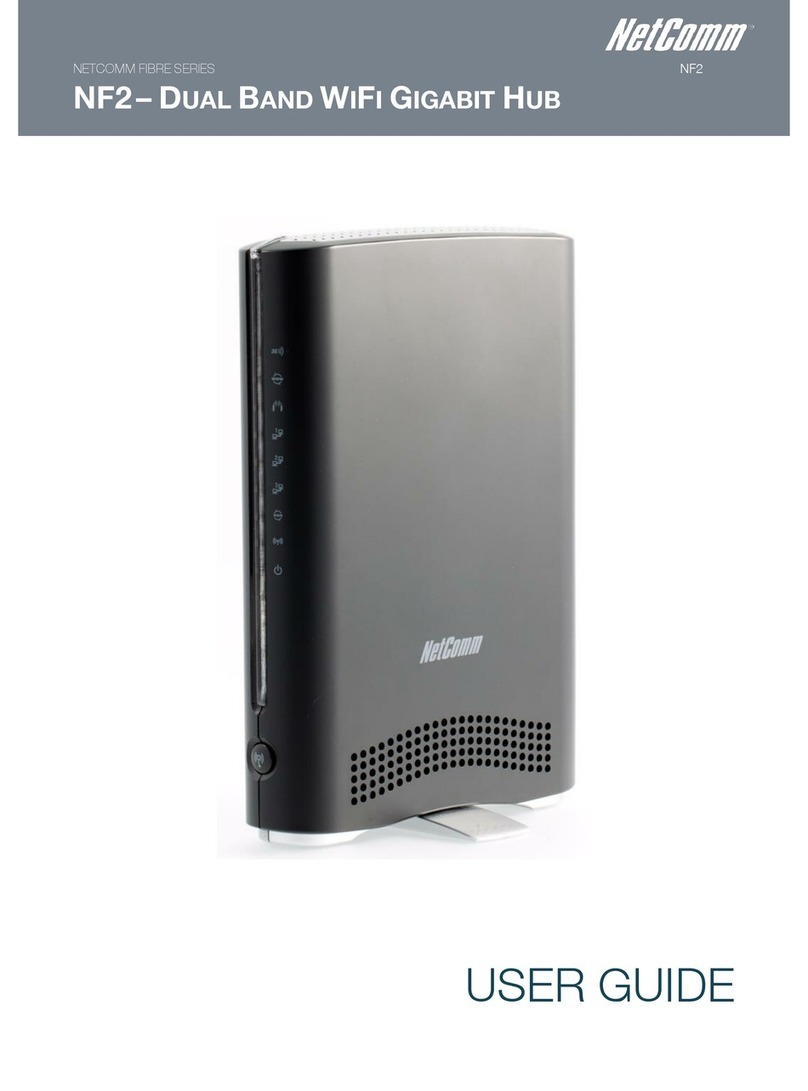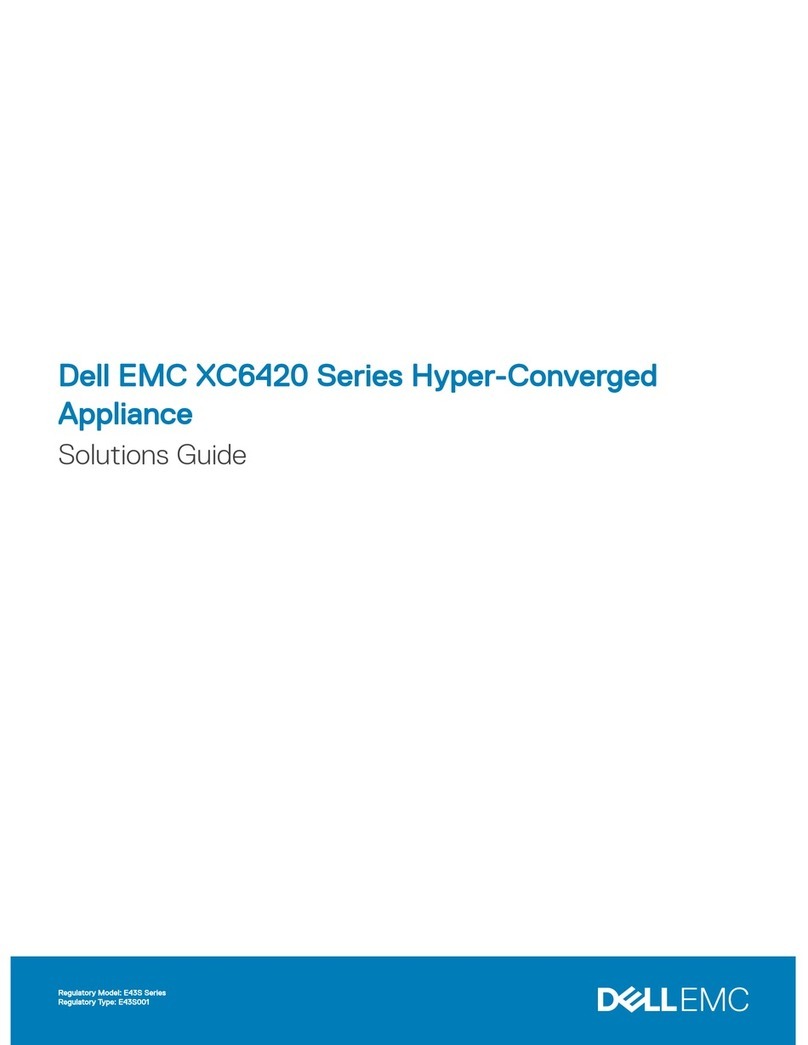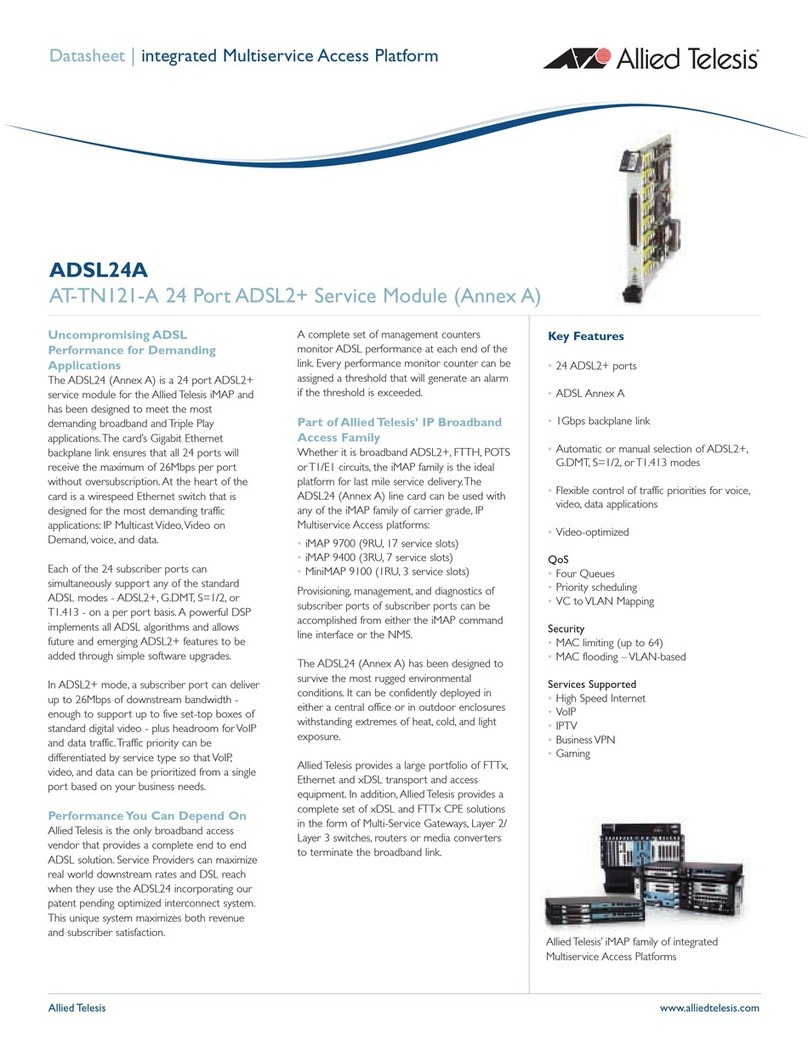
6.3 Initial Start of Operation .......................................... 47
6.3.1 Start of Operation with meinbergOS Web Interface ...................... 47
6.3.2 Start of Operation with Meinberg Device Manager Software ................. 48
7 Security Guide 50
7.1 General Overview ............................................... 50
7.2 Securing Management Access ....................................... 52
7.3 User Management .............................................. 55
7.4 Securing the NTP Time Service ...................................... 62
7.5 Event Logs ................................................... 64
7.6 Updating the Firmware and Backing Up the Configuration ....................... 65
8 The meinbergOS Web Interface 67
8.1 Introduction: meinbergOS Web Interface ................................. 67
8.1.1 Terminology of Navigation Elements in the meinbergOS Web Interface ........... 69
8.1.2 Formatting and Structural Principles of this Manual ...................... 70
8.1.3 Basic Configuration Principles ................................... 71
8.2 Header Bar .................................................. 73
8.3 Dashboard ................................................... 75
8.4 Configuration ................................................. 77
8.4.1 Configuration - References ..................................... 78
8.4.2 Configuration - Network ...................................... 82
8.4.3 Configuration - NTP ........................................ 92
8.4.4 Configuration - PTP ........................................ 99
8.4.5 Configuration - IO Ports ...................................... 106
8.4.6 Configuration - Users ........................................ 107
8.5 State ...................................................... 118
8.5.1 State - References .......................................... 119
8.5.2 State - Network ........................................... 126
8.5.3 State - NTP ............................................. 131
8.5.4 State - PTP ............................................. 140
8.5.5 State - IO Ports ........................................... 148
8.5.6 State - Clock Module ........................................ 149
8.5.7 State - Users ............................................. 151
8.6 Maintenance ................................................. 153
8.6.1 Maintenance - Inventory ...................................... 154
8.6.2 Maintenance - System Log ..................................... 163
8.6.3 Maintenance - Kernel Log ..................................... 164
8.6.4 Maintenance - Restart NTP .................................... 165
8.6.5 Maintenance - Reboot Device ................................... 166
8.6.6 Maintenance - Factory Reset ................................... 167
8.6.7 Maintenance - API Reference ................................... 168
8.6.8 Maintenance - SNMP MIBs .................................... 168
9 Configuration and Monitoring with Meinberg Device Manager 169
9.1 Maintenance, Servicing and Repairing .................................. 170
9.1.1 Firmware Updates .......................................... 170
9.1.2 Troubleshooting and Alarming ................................... 171
10 Support Information 173
10.1 Basic Customer Support ........................................... 173
10.2 Support Ticket System ............................................ 174
10.3 How to download a Diagnostic File .................................... 175
10.4 Self-Help Online Tools ........................................... 176
10.5 NTP and IEEE 1588-PTP online tutorials ................................ 176
10.6 The Meinberg Academy Introduction and Offerings ........................... 177
10.7 Meinberg Newsletter ............................................. 177
10.8 How-to Videos on our YouTube Channel ................................. 177
11 Technical Appendix 178
11.1 meinbergOS Software Specifications ................................... 178
